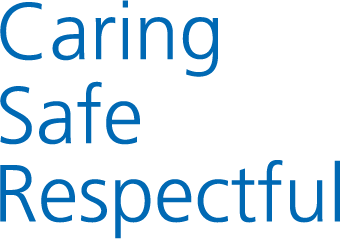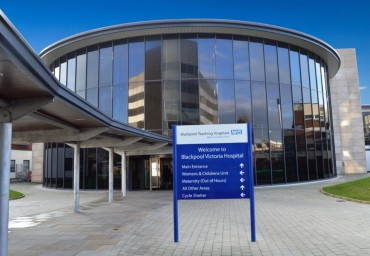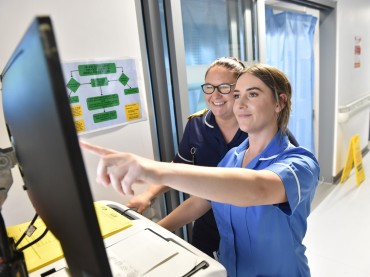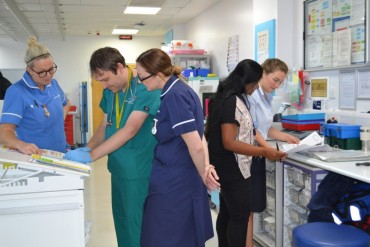Overview
This leaflet aims to explain what non-invasive respiratory support (NIRS) is and why you may need it as part of your treatment. NIRS can refer to non-invasive ventilation (NIV), Continuous Positive Airways Pressure (CPAP) and High Flow Nasal Oxygen (HFNO).
We are aware this PDF might not be accessible to all users. Read our accessibility statement to learn more.



